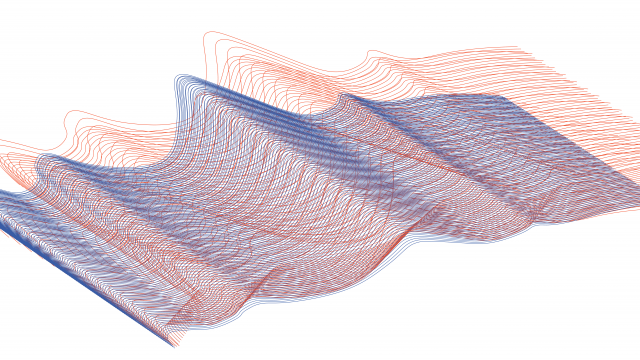
Paleoepidemiology is concerned with exploration of disease of past population, and in particular the mortality risk associated with factors such as skeletal indicators of disease (such as bone lesions), as well as socio-cultural factors such as class which may impact health. The exploration of such associations, however, are complicated by both issues relating to skeletal sample preservation and sample size, but also the factors which cannot be observed from skeletal materials regardless of sample size such as varying levels of vulnerability to illness and the resulting risk of mortality.
This presentation will first discuss these complicating factors and demonstrate the ambiguity of skeletal indicators of disease, and then introduce a novel approach to modelling and examining the hidden heterogeneity of frailty (generative simulation models). The findings of these models demonstrate the outsized impact of an unappreciated factor in the exploration of the past (and arguably the present) – stochasticity (or ‘luck’).
Bronwyn Wyatt is an ANU PhD candidate. Her research explores the complexity of mortality in past populations through generative modelling.
Location
Speakers
- Bronwyn Wyatt, Australian National University
Contact
- Stacey Ward
File attachments
| Attachment | Size |
|---|---|
| Bronwyn_Wyatt_Poster.pdf(2.21 MB) | 2.21 MB |